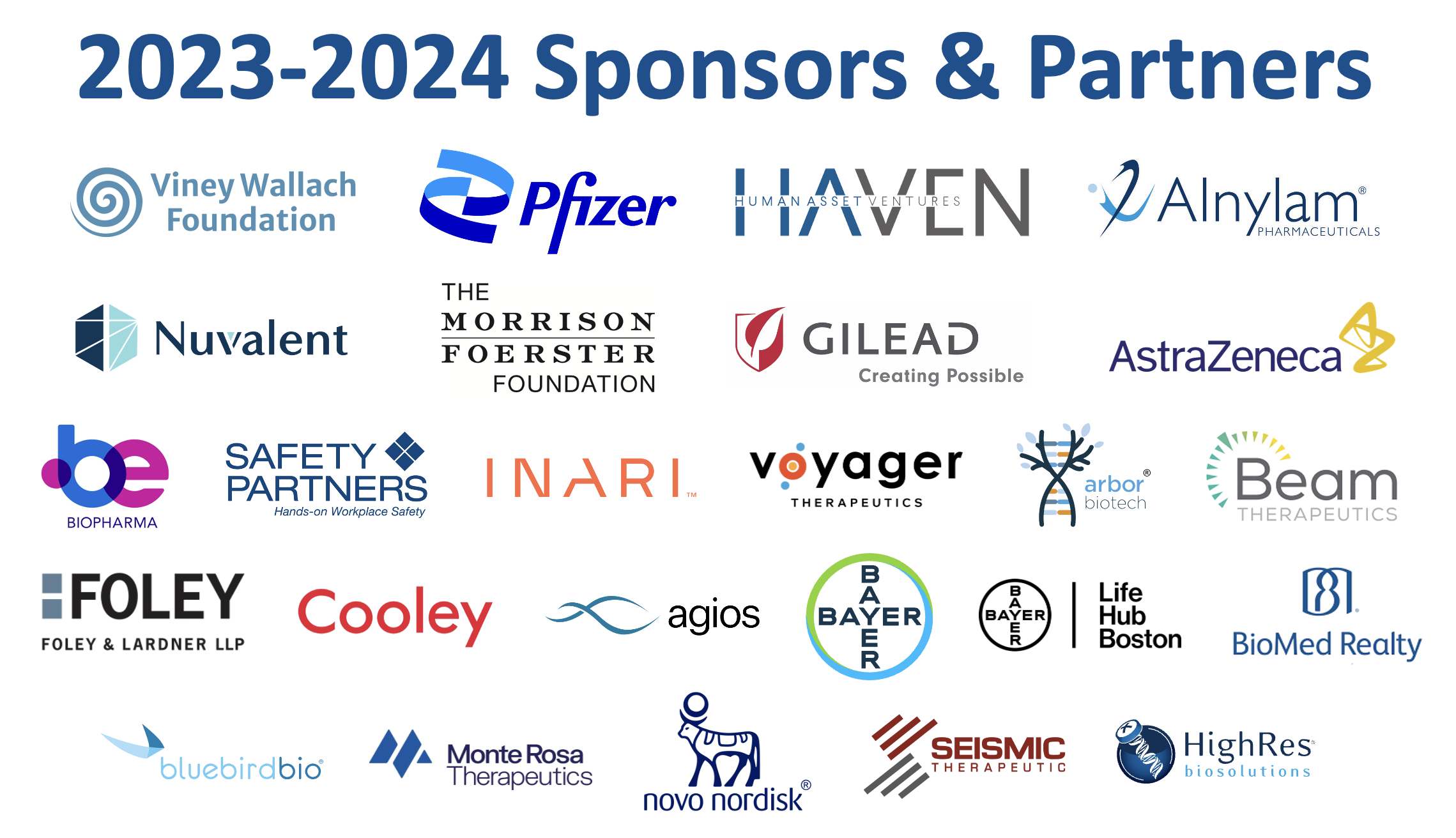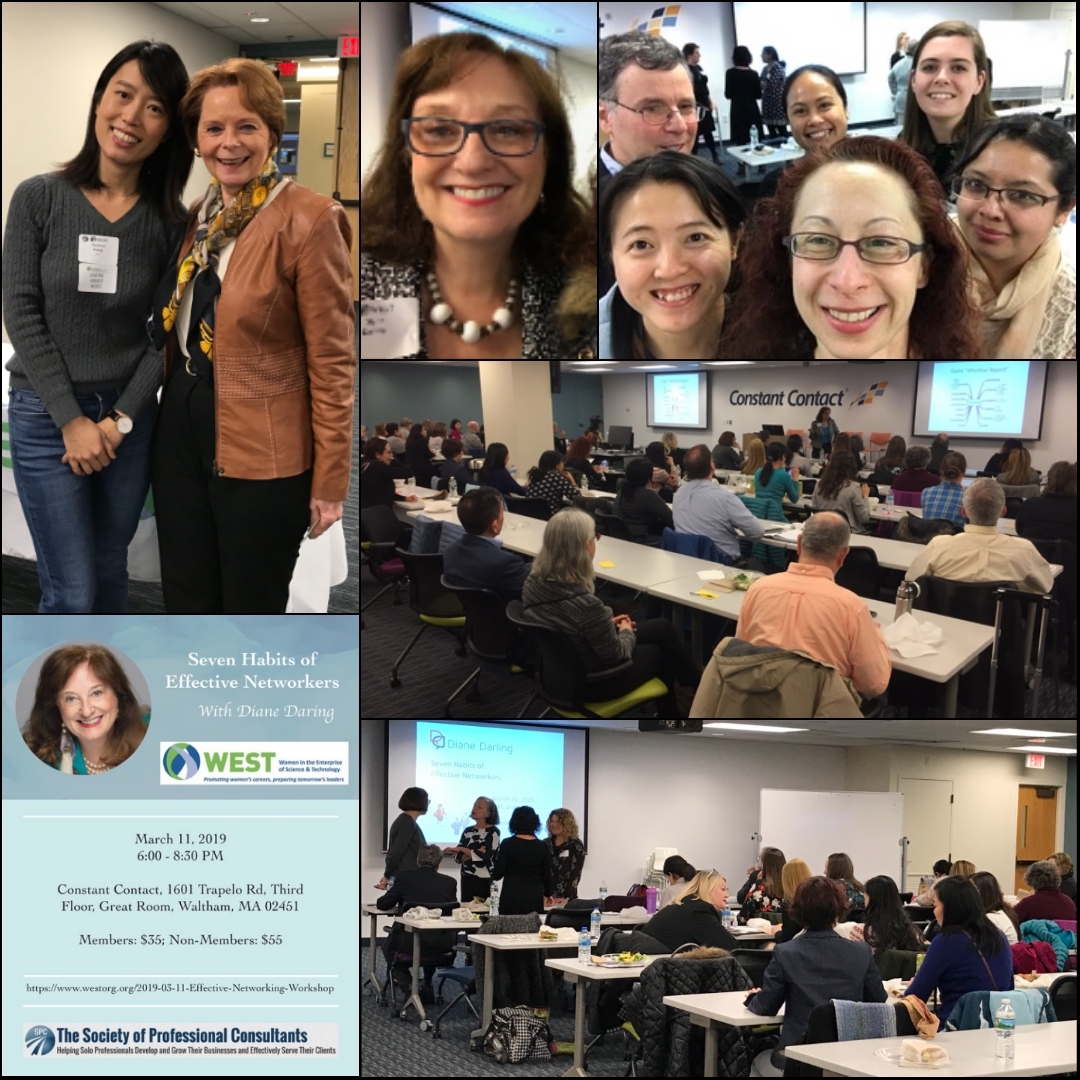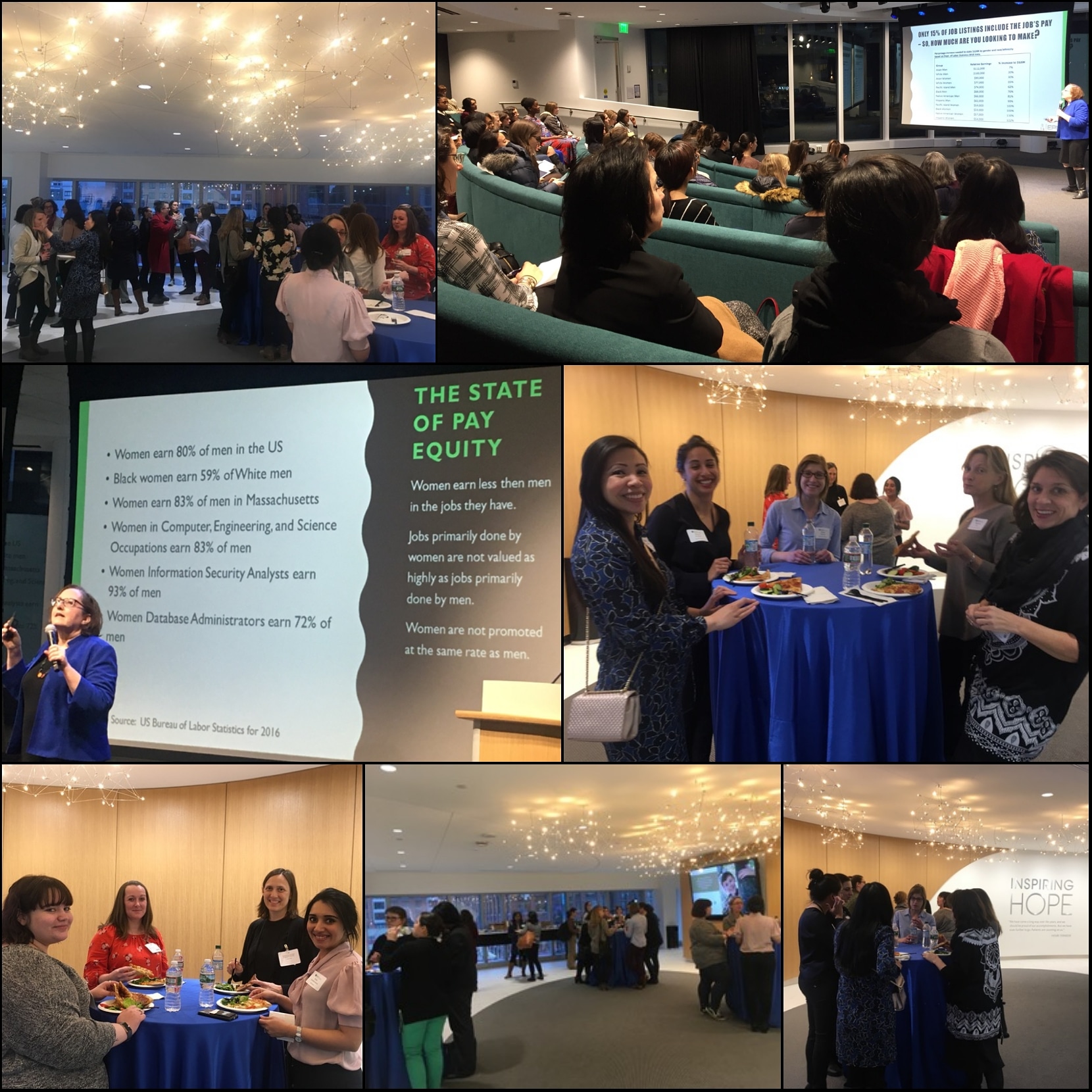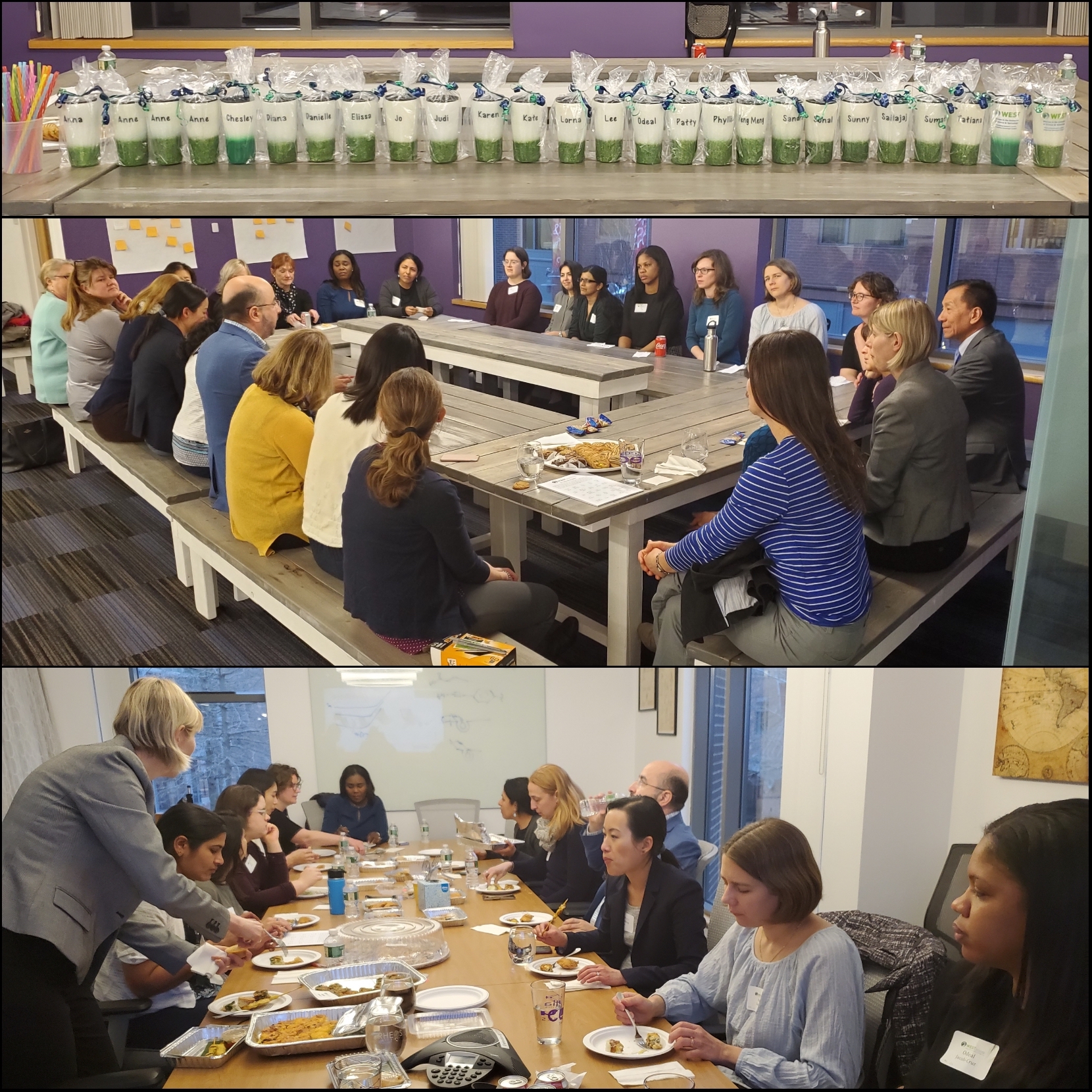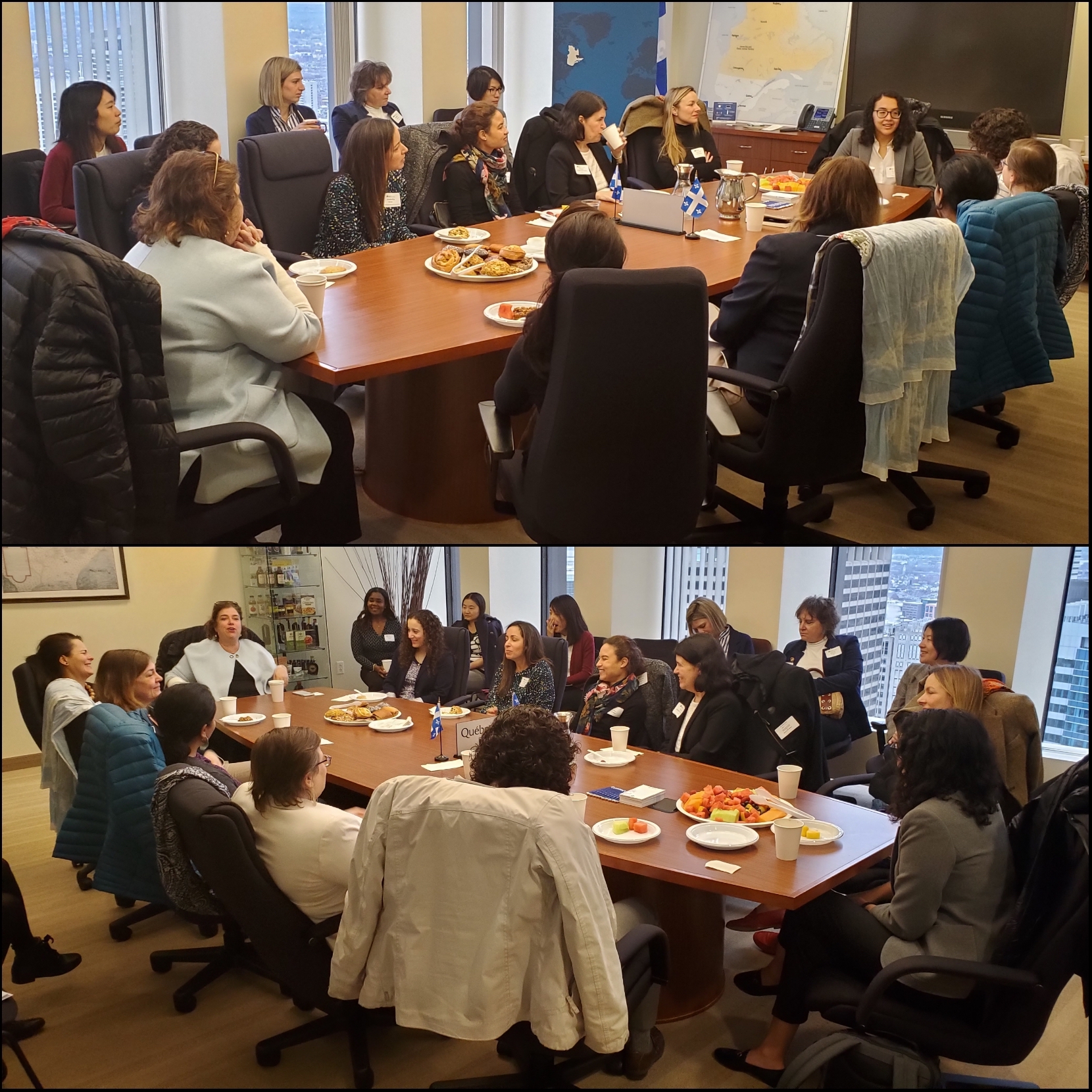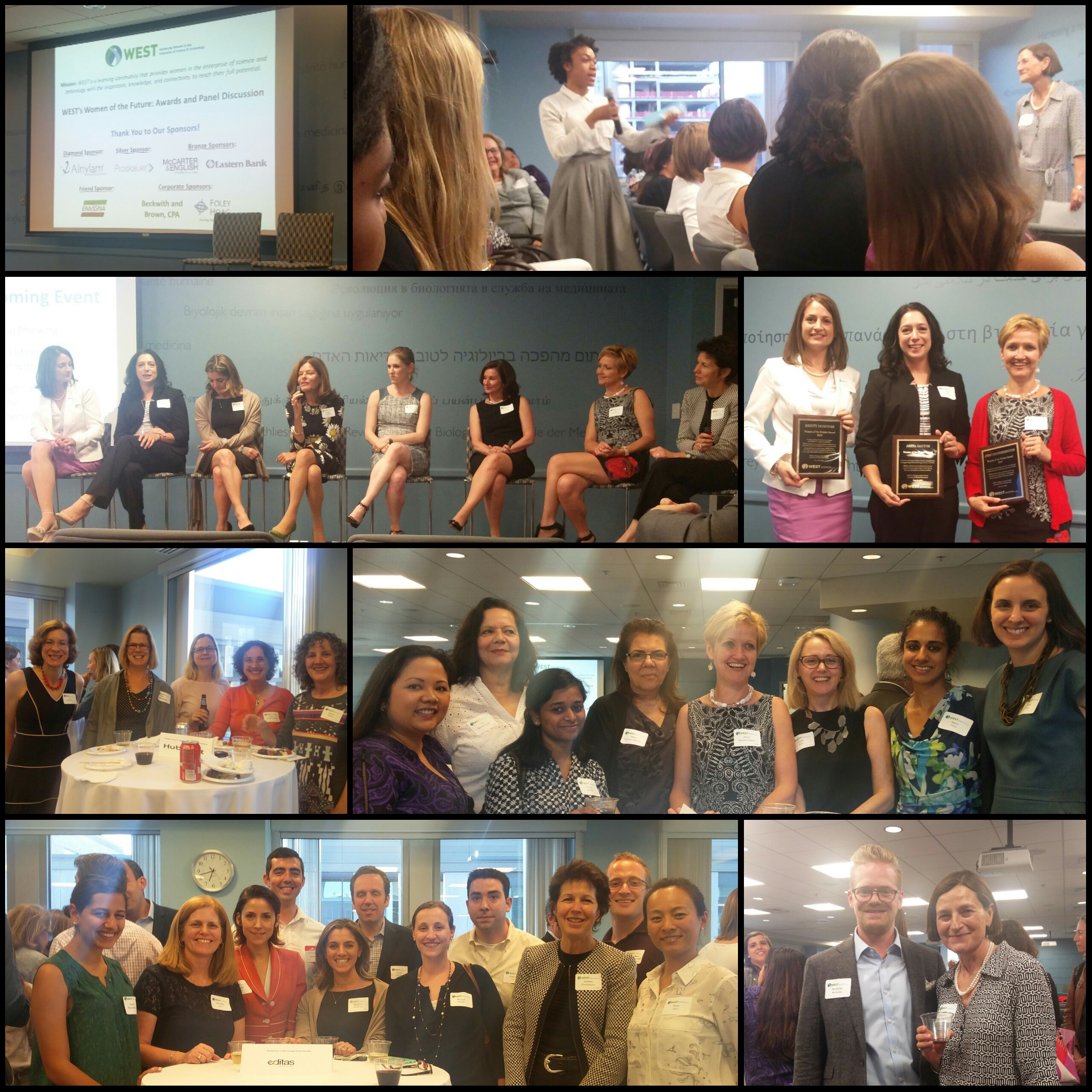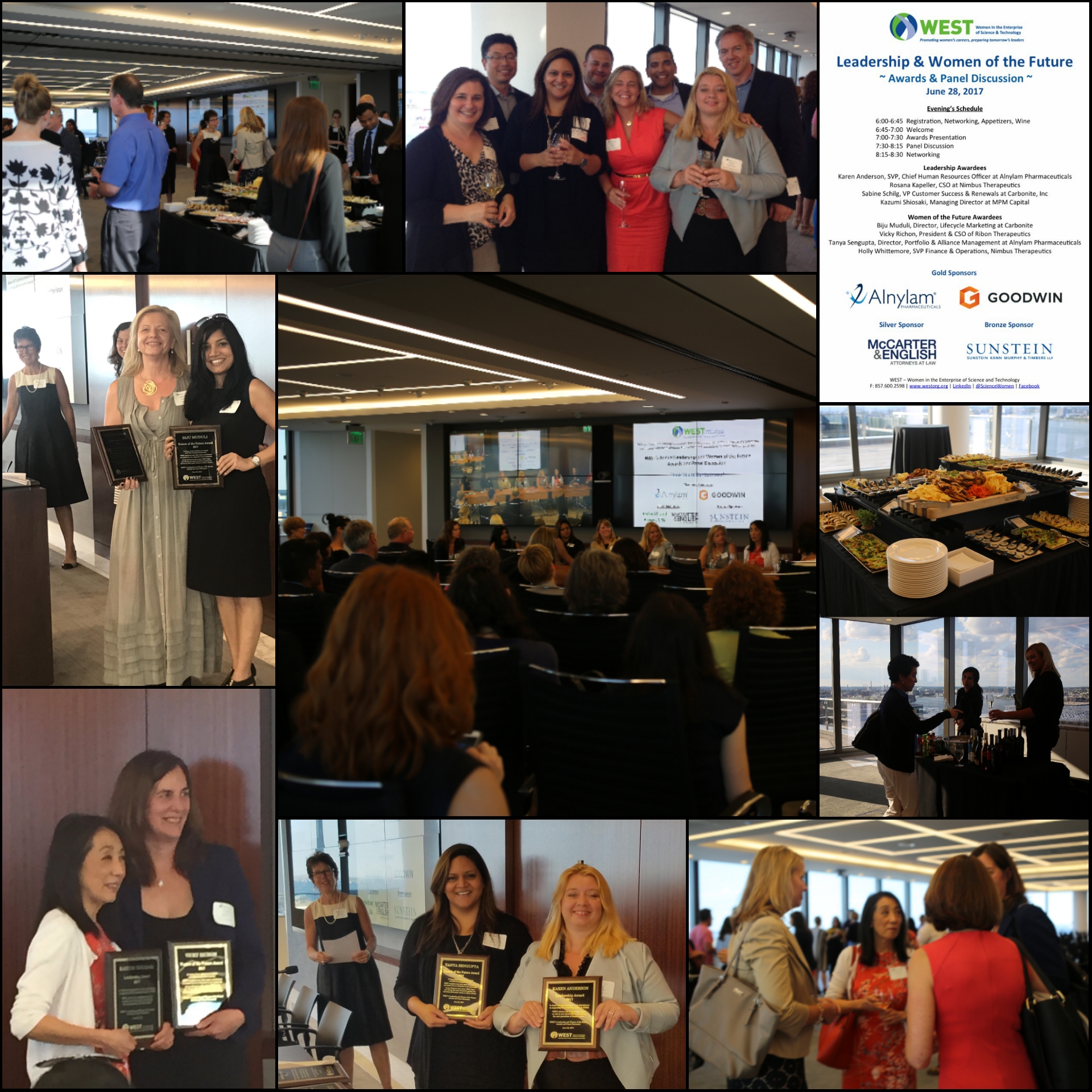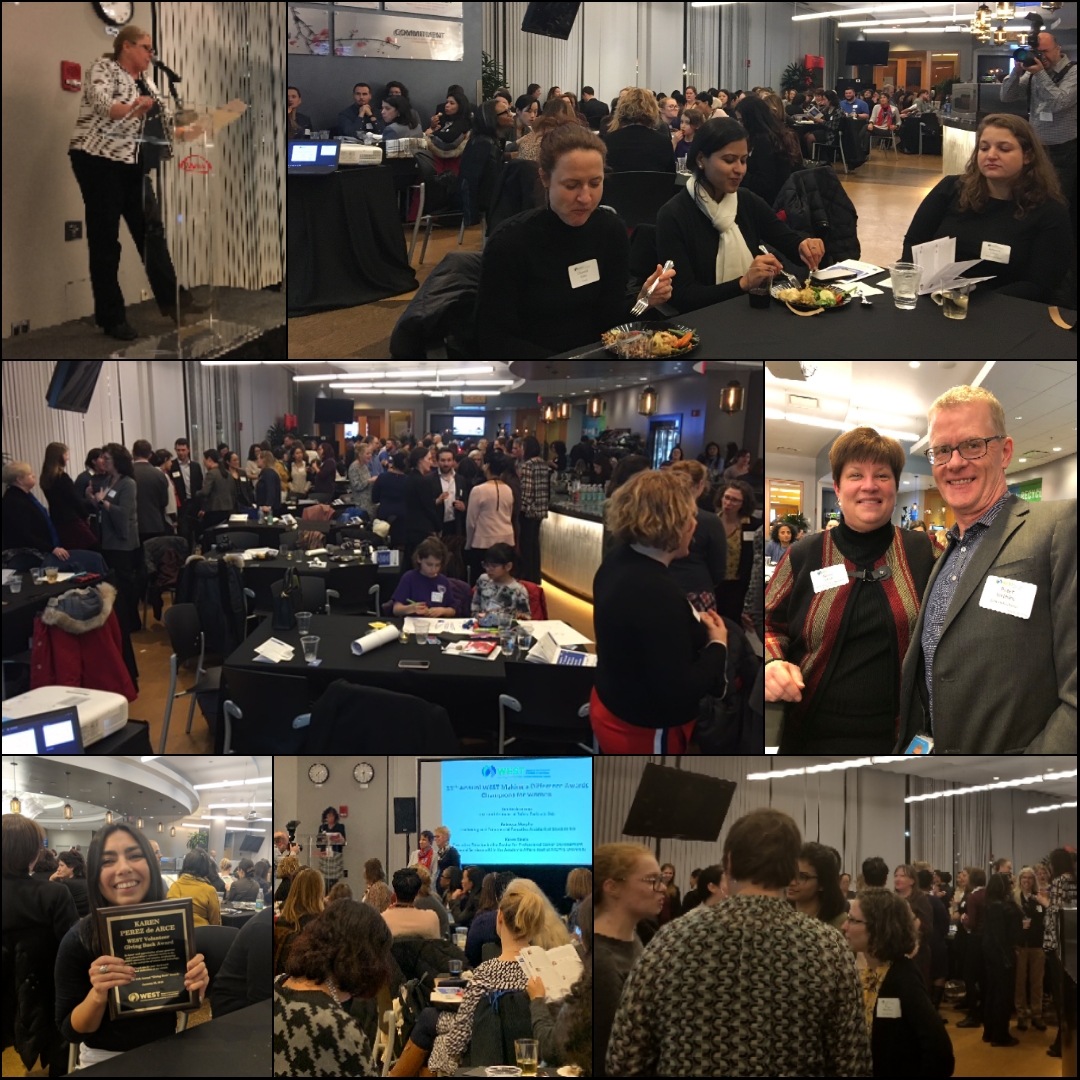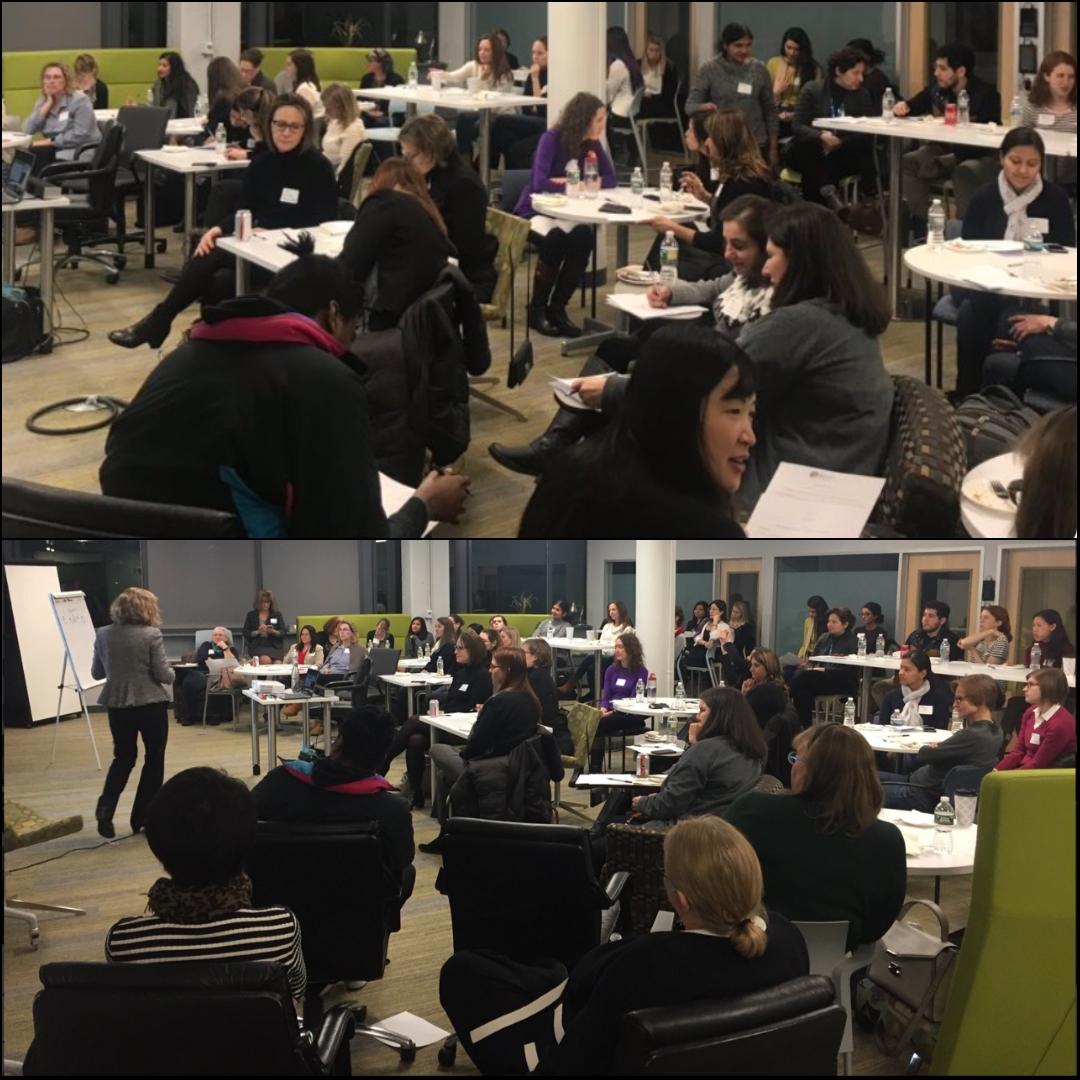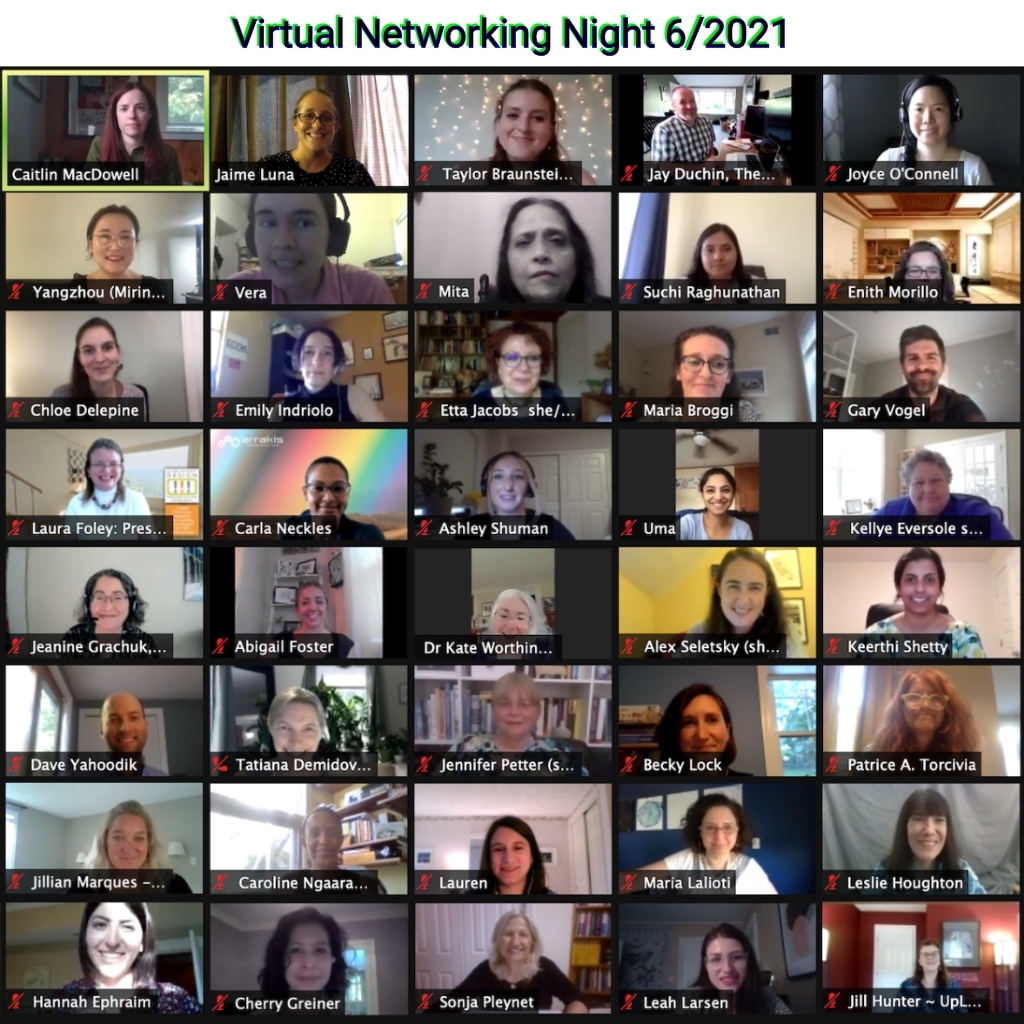Life Science Patent Strategiesby Christiana DelloRusso, PhD April 10, 2008
As a scientist or entrepreneur, your ideas, discoveries, and inventions are valuable and can be used to stimulate interest and investment, as well as generate revenue, according to panelists at a recent WEST/Women Entrepreneurs in Science and Technology event*. Knowing how to think strategically about intellectual property, and how current and pending changes in the law might affect patent applications, will not only help protect your ideas and products, but also funnel a major source of funds back to you, your lab, or your company.
Patents provide exclusive rights to you for those discoveries that are novel, useful, and non-obvious. When a patent is issued, it excludes others from making, using, or selling your invention without your permission. However, patents are limited in both time and scope, and require thoughtful planning to maximize return. The US Patent and Trademark Office (PTO) provides a thorough outline of different types of patents and the general requirements for patent applications.
YOU HAVE AN IDEA – WHO DO YOU TALK TO? Getting quality assistance for your patent application can play a crucial role in its being issued and in the patent timeline. For academic and industry researchers, many institutions have dedicated offices (often called technology transfer or licensing offices) that specialize in helping researchers patent their discoveries. While the institution often owns the technology, depending on the details of your employment contract, a portion of the revenue generated from patent licensing can go directly to you and your lab.
Small business owners or those with a product idea to fund a startup should seek consultation from law firms that specialize in their particular type of technology.. Factors to consider when looking for a law firm are the experience and specific expertise of the practitioners in your technology, and the cost associated with patent filing – a basic patent application can cost $10,000-20,000.
PATENT TIMELIMES The filing date of a patent application begins the patent’s 20 year life span. The examination of a patent application can take 5-6 years until it is issued. The long process of drug development, clinical trials and industrial manufacturing can leave just a few years to reap income from product sales before the patent expires. As new discoveries are made, such as novel formulations, disease applications, or delivery routes of a drug, “follow-on” patents can extend the life span of the original.
If a patent application is rejected, appeals and requests for continued examination (RCE) or continuation applications can be filed. Litigation will continue, as will the development of the product under patent protection based on the original filing date. However, the PTO, being under extreme pressure with mounting new applications and long backlogs sought to make rule changes that would limit RCEs and continuations. A suit was filed against the PTO, and a federal judge in April 2008 found that the rule changes are too far reaching and would alter existing law. Regardless, inventors should be aware of the undoubted continuation of this lawsuit, as the PTO’s proposed changes may dramatically alter future patent application procedures.
HOW PATENTS RAISE MONEY FOR EARLY-STAGE BIOTECH A company’s patent portfolio can be a compelling element of a marketing campaign and attract potential investors and partners. Small or mid-sized companies can expand their portfolio by licensing patents from academic institutions that align with the company’s goals and mission. Alternatively, a small company or start-up can transfer the rights of their own filings to a larger company in exchange for capital to infuse into further research and development.
PATENTS AND LARGE PHARMACEUTICAL COMPANIES Big Pharma spends about 15 years to produce one clinically successful and marketable drug. By the time a drug is sold, just a few years may remain before the patent expires. Therefore, large pharmaceutical companies must strategically utilize use follow-on patents and extensions to continue protected product sales to recoup capital spent on research and development. In the meantime, a large company’s patent portfolio, which may represent thousands of compounds that never make it to market, can drive corporate mergers, acquisitions and partnerships. However, the Drug Price Competition and Patent Term Restoration Act of 1984, commonly referred to as the Hatch-Waxman Act, fueled the explosion of the generic drug market. A thorough background paper on this subject attempts to balance multiple sides of the argument, but in short, innovators of new life science products must continuously think tactically about their discoveries and existing patent law in order to minimize risk and generate revenue.
In summary, know that your discoveries have value. Find people who know patent law and who have experience in your technology area to help you develop your patent application and keep its lifeline as long as possible. Thinking not just as a scientist but as an entrepreneur will help you maximize the value of your intellectual property. * The WEST Event "Life Science Patent Strategies: From Ideas to Approved Products" was held on April 3, 2008 in Cambridge MA, and featured three patent attorneys from the law firm of Lowrie, Lando & Anastasi, LLP: Diana Collazo, J.D. Ph.D., Laurie Butler Lawrence, J.D., and Catherine McCarty, J.D.
|

